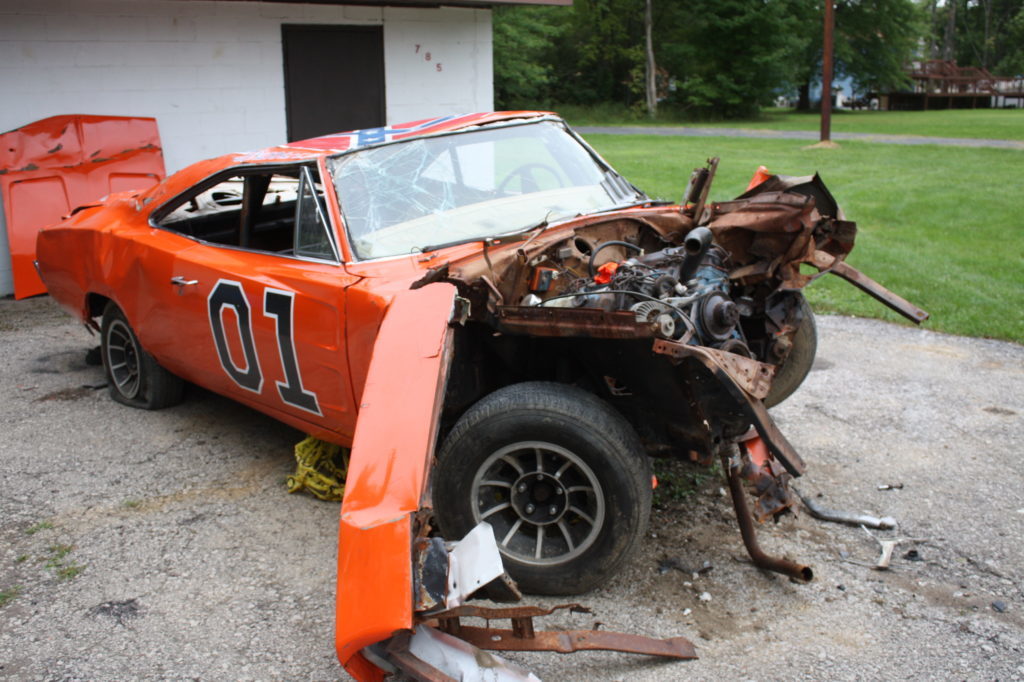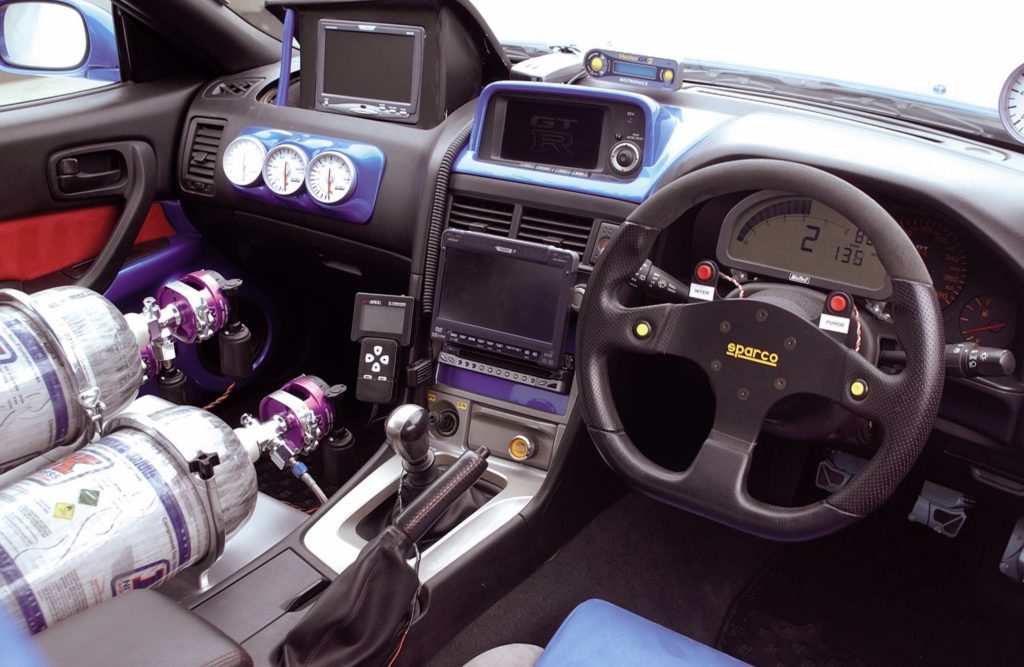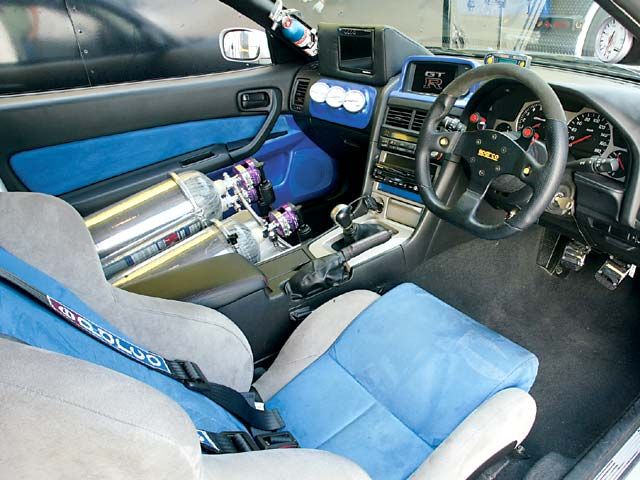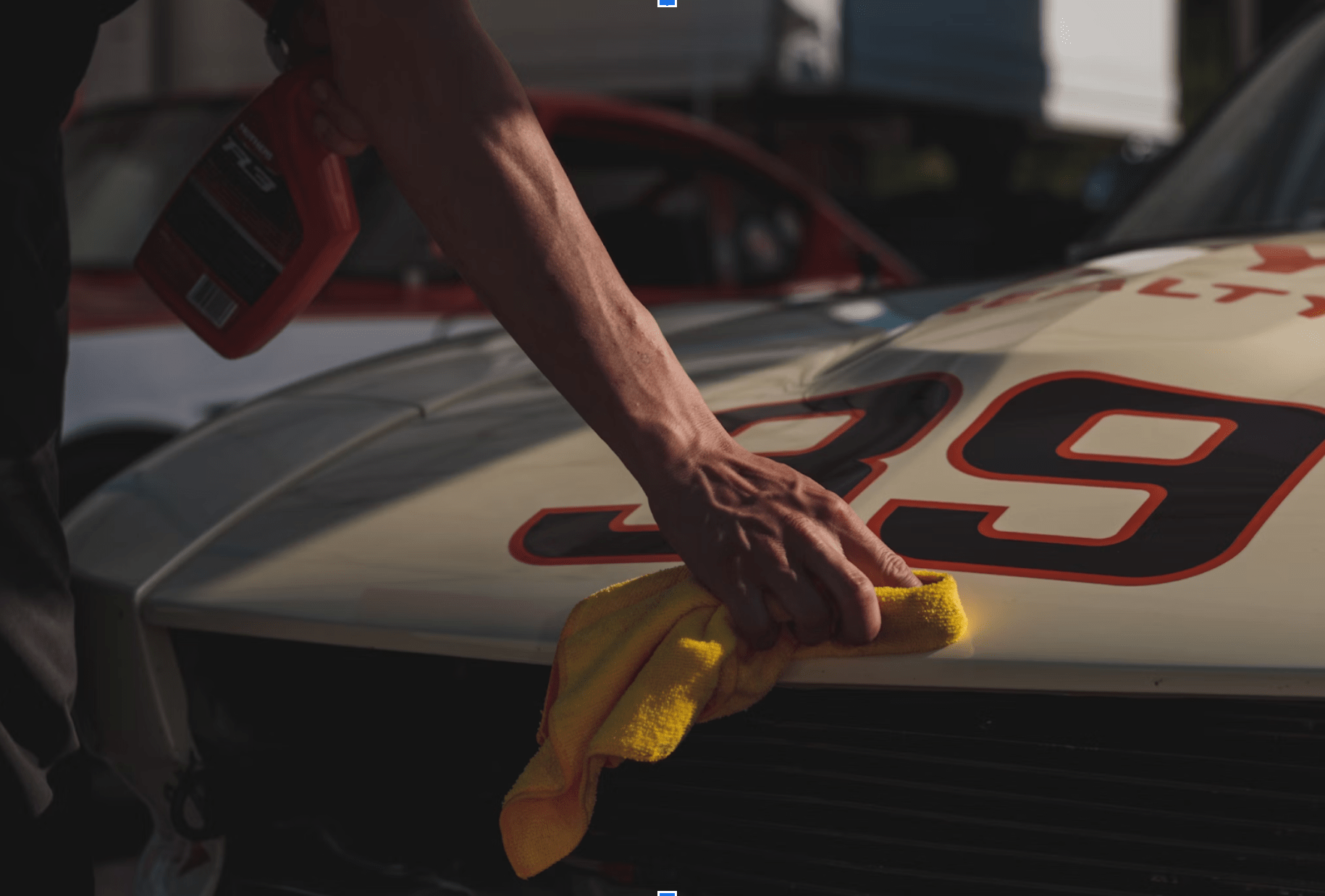What is a “Hero” Car?
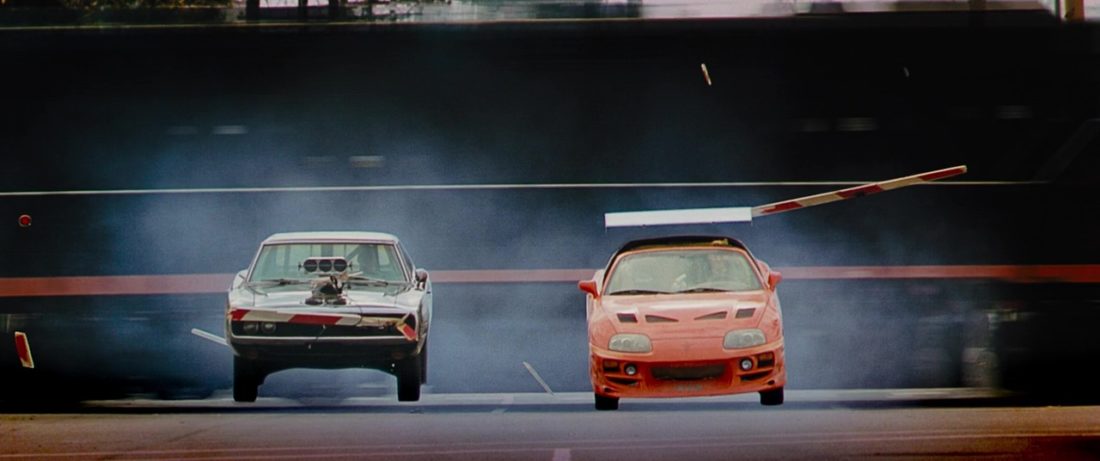
You’ll see this term mentioned online, on this website and in my book. When we’re referring to a “Hero” car, what we mean is that it’s the prettiest and most complete version of a car we use in a movie whenever we have to build clones (or replicas) as backup cars.
I’ll explain further.
In every movie where you see cars being use, chances are that there are multiples of any one car. For example: In The Fast and The Furious, Universal would need multiple cars because we’d be shooting stunt scenes as well as primary scenes.
In any case where stunts will be done, a movie studio will have multiple stunt cars depending on how much footage is needed of any given car action sequence. For Tokyo Drift, there were 10 Mustangs built. They needed so many because on any given night, they could have fender benders multiple times in mulitple cars.
For every movie, there are basically two production teams – 1st Unit & 2nd Unit. 1st unit handles most of the footage involving the actors. 2nd unit handles the stunts. It’s not uncommon for 1st and 2nd Unit to have a need for the same car, at the same time but in different cities or locations.
Therefore, a movie production’s 2nd unit team needs multiple copies of any given stunt car just as the 1st unit need team needs multiple versions of their Hero car.
How many of each are to be built depends upon the needs, locations and stunts.
In the case of The Fast and The Furious, we were working on a very tight budget, so we built far fewer backups (also called clones) than we should have simply because we didn’t have the money to build more.
DEFINITIONS OF CAR-RELATED TERMS
Since most people have little or now experience around the motion picture industry, it’s important for them to understand the terminology, especially since I mention this on my Instagram and in my book. So here’s a quick-start guide:
Hero Car – (aka “The Principle car”) The principle car from which all clones will be modeled. The Hero car is usually more carefully assembled, it might have a better paint job, a cleaner interior or shiny engine mods that could be shown off on camera. This car is often used for driving shots where the actor will drive it. Most interior shots are done inside this car.
Hero #2 – A good copy of Hero #1, but it might not have all the shiny engine bits and some of the interior details might have been skipped or faked. This car is often used for driving shots where the actor will drive it.
Stunt #1 – This car is the primary stunt car. Exterior-wise, it may be cosmetically similar to the Hero car, but it won’t be identical. It might have stock wheels vs. the cool wheels. The interior might be faked just enough that it looks good from far away. Since this car is used for stunts, there’s no point making the interior nice or adding chrome engine bits. Most stunt cars are automatic transmission to make it easier for stunt drivers to focus on driving and not shifting. Stunt cars are usually not lowered (to give more suspension travel) and might have fuel cells replacing their gas tanks (for safety) among other things.
Stunt #2 – A back-up to Stunt #1. It will be very close in modifications to the Stunt #1 car. In some movies, they might have dozens of stunt cars to serve as back up to the Hero car. In the 1970’s for example, the “Dukes of Hazzard” TV show went through 300 Dodge Chargers as stunt cars.
Screen-used car – Can refer to any car that was shown “on-screen” during the movie. It could refer to a background or “extra” car, or it could refer to any of the stunt cars or Hero cars, technically.
Background car – A term used to refer to an irrelevant car that was used in the background of any particular shot or sequence.
Replica – Can refer to a copy or clone of any of the Hero cars built by the studio, but often refers to a privately owned replica, owned and built by a person (or persons) who had nothing to do with the making of the movie in which the car appeared.
Most of the “movie” cars you see floating around the internet these days are privately-owned replicas. They were never driven by actors and never appeared in a movie, but they usually look very close to what you saw in the movie. Candidly, many of these privately built replicas are of far better quality than the cars built for use in a movie.
WHAT YOU SEE IS NOT WHAT YOU GET
You might be shocked to hear this, but most studio-built movie cars are not high-quality builds in the way you might not expect. Their fit and finish isn’t great, the interiors might be a bit shaggy, the engine might be dirty, etc. While cosmetically, they might not be perfect, mechanically, they’re very carefully checked, repaired and maintained.
In this picture, we see four Honda S2000s getting prepped. They all identical, right? They’re not.
One of them has a fully functioning audio video system worth over $10,000 and about $15,000 in engine modifications.
From 10 feet away, you’d never be able to tell them apart. I sure couldn’t.
In the case of my Skyline, there was no way Universal was going to spend the money to make the Hero #2 car and the stunt cars identical to my car – it would not be financially wise nor would it be necessary, as all the interior shots would use my car and all the rolling shots would use any of the back up cars.

The engine you see here looks amazing, right? Sure would be expensive to replicate on the Hero #2 and the stunt cars, right? Wrong. You just got duped.This is a PICTURE of the Hero car’s engine attached to the bottom of the hood of one of our back up cars.
Move magic is no joke – it’s serious business and movie production teams are absolutely brilliant.
I remember joining the production team in the Spring of 2000. In early meetings, I saw them sketch up a schedule showing that the cars would be built in 1-2 weeks for each car. I laughed – I thought to myself, how arrogant and clueless these people are.
I was wrong. Picture Car Captain David Marder, Shop Foreman Eddie Paul and all of the mechanics and fabricators were like whirlwinds.
They got shit done.
It was a sight to behold.
The biggest compliment I can pay them is reminding them that there was more than a few times that I had to use my alarm remote to figure out which car in the lineup of replicas was my actual car.
It’s funny today, but back then, it was annoying.
The two pictures below show the Hero #1 car (my car) compared to the Hero #2 car. Looks pretty similar, especially when you’re only seeing the interior shots for two seconds at a time.
WHY MOVIES COST SO MUCH TO MAKE
For the first Fast and Furious film, we had 14 principal cars. Each one needed four clones, some needed six or eight clones. Buying these cars, then modifying them was no easy task. Some of the Hero cars had more than $50,000 invested in their modifications and took three months to build. Multiply that over several cars and you can see how big a task this becomes.
The production team was turning out clones in less than three weeks, each. Some were done in as little as three days.
The mechanics and fabricators who worked on these movies get far too little credit. They made these movies come to life.
Follow Me:


